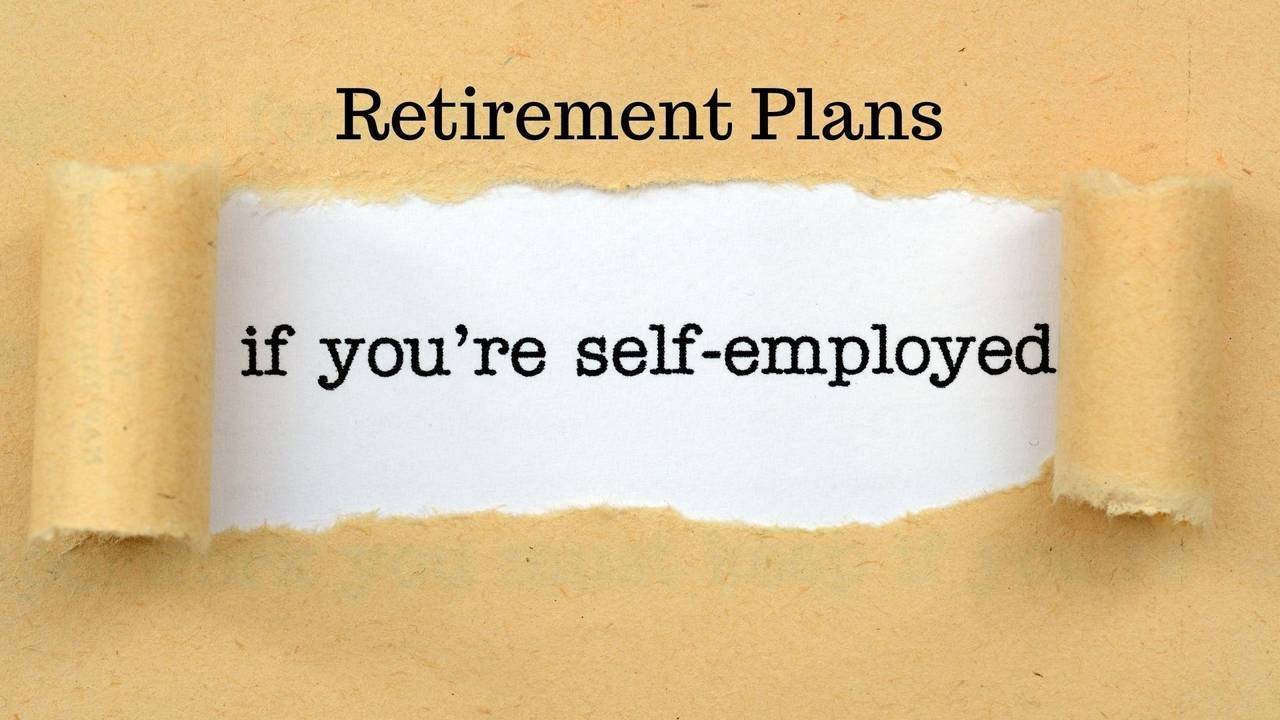Understanding Self-Employment Retirement Plans
May 30, 2023
If you’re self-employed, it can seem like those with conventional jobs get all the breaks. Paid vacations, health insurance, and lots of additional perks seem to be the norm. But when it comes to retirement plans, there are advantages to being self-employed!
Thankfully, the retirement contribution limits can be higher for the self-employed than for those working for companies. It’s important to get started with a retirement savings plan now, though! Surveys have shown that less than 30% of workers consistently put aside money for retirement. As the saying goes,
The Best Time to get started saving was years ago,
The Second Best Time is NOW!
Primary retirement accounts for the self-employed include:
- SEP-IRA. SEP stands for “Simplified Employee Pension.” This is a great bet if you’re working solo. The government is kind enough to allow you to save and invest up to 25% of your self-employment net income. Contributions an employer can make to an employee's SEP-IRA cannot exceed 25% of the employee's compensation or the amount of $66,000 for 2023 ($61,000 for 2022, $58,000 for 2021, and $57,000 for 2020).
- In a SEP-IRA, the money is pre-tax and can therefore reduce your tax burden. If you have employees, then you’re required to contribute money for them, as well.
- The plan doesn’t have to be funded until your taxes are filed, which provides incredible flexibility. You can wait until the last minute to decide how much you’re going to put into the account or if you’re even going to open an account. This is handy if you find yourself owing more or less in taxes than you originally expected.
- Keogh Plan. This plan is essentially a self-funded pension plan. Keogh plans have an annual contribution limit of 25 percent of your pre-tax income or $66,000 in 2023 (up from $61,000 in 2022). If it's your only retirement account: 100 percent of your pre-tax income, up to $66,000. Since the paperwork to set up the plan is arduous, and Solo 401(k) plans also offer the same generous contribution limits, Keogh Plans have fallen out of favor.
- Solo 401(k). This is a great way to save a lot of money for retirement. It’s a highly flexible plan with a maximum contribution of 20% of your net self-employment income plus $17,500. The Defined Contribution Limit for 2023 is $66,000 (up from $61,000 in 2022). If you are age 50 or over, the total contribution limit is $73,500!!! HELLO!! For 2023, the Solo 401 (k) maximum contribution limit for the elective deferral is $22,500 if you're age 50 and under. This is an increase of $2,000 from 2022. The elective deferral contribution if you're at least age 50 is $30,000, which is a $3,000 increase from 2022. Employee deferral contributions can be made in pretax or Roth.
- While it’s necessary to establish a Solo 401(k) account during the tax year, it doesn’t have to be funded until your taxes are filed.
- If you have a 401(k) plan from a previous employer, you’re eligible to roll those funds into your Solo 401(k).
- SIMPLE IRA. This is a viable solution for those with employees or those that work alone. It’s an incredibly easy plan to set up. Completing the IRS form 5305-Simple and opening an account are the only required steps. In 2023, employees can contribute up to $15,500 to a SIMPLE IRA account, unless they are 50 or older, in which case they can contribute an extra $3,500. For 2022, these figures were lower at $14,000 and $3,000. The account has to be opened by October 1st.
- If you have employees, you’re obligated to match their contributions up to 3%.
Deciding on the best plan can be as simple as pulling out a calculator and examining your situation. In most cases, a SIMPLE IRA is best for those without employees and incomes of $50,000 or less, whereas a Solo 401(k) or SEP-IRA will allow those with higher incomes to save more.
Make the decision to invest regularly in your retirement. Income for the self-employed can be less consistent. Avoid assuming that you’ll have the money available in later years. Save now!
Consider the old adage, “Pay yourself first.” It’s much easier to save for retirement if money is set aside each month, rather than simply saving whatever funds remain at the end of the year. There rarely seems to be anything left with that strategy.
Many business owners believe they can fund their retirement by selling their business. Perhaps they can, but it isn’t a certainty. Better safe than sorry. Take the time today to develop a retirement strategy that will serve you well in your retirement years. It’s doubtful you’ll regret saving, but you’ll probably regret it if you don’t.
God bless you and...
go and grow!
© The Prosperity Process, LLC
for Mickey's House Foundation
